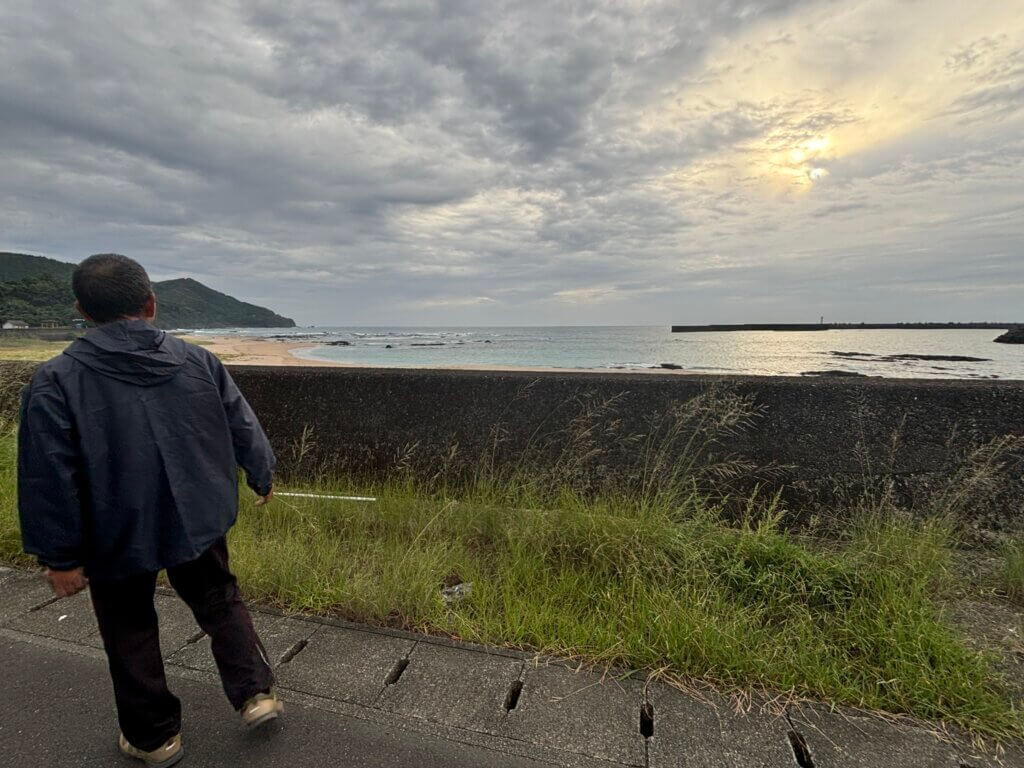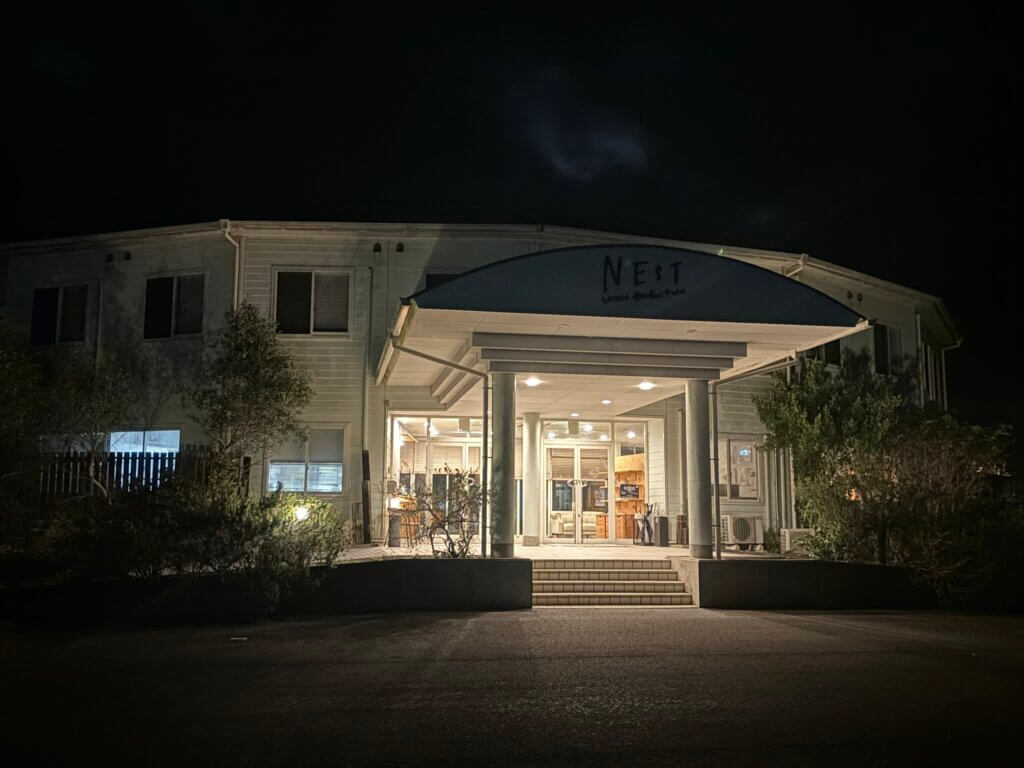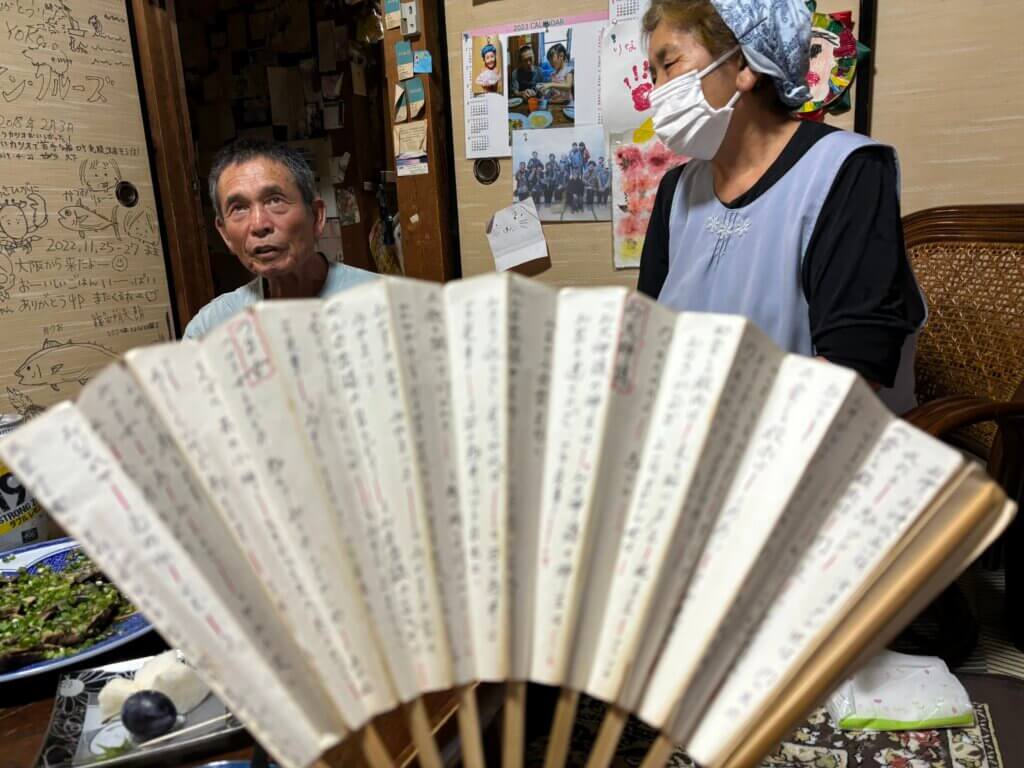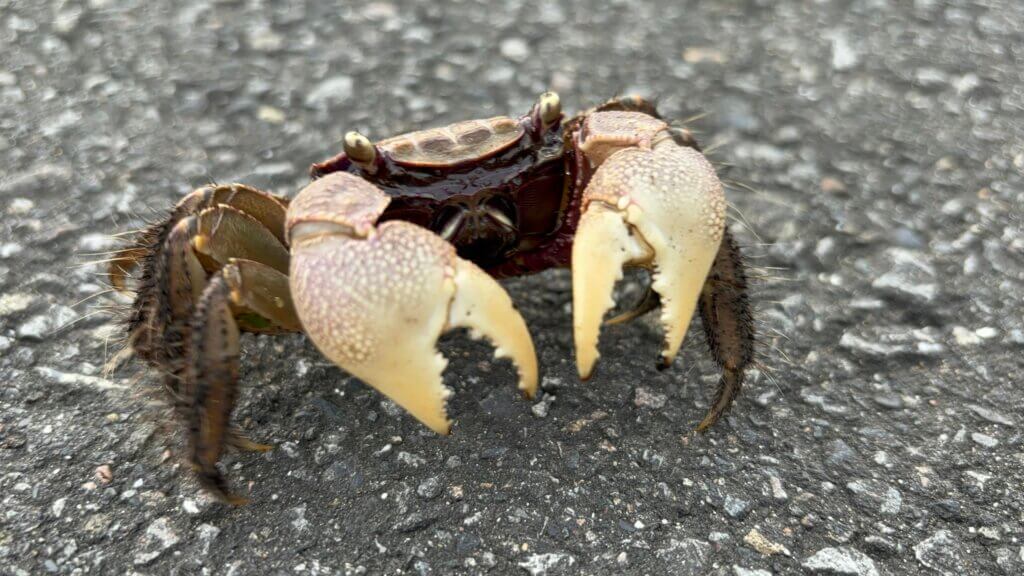
In our efforts to promote sustainable tourism and strengthen tourism disaster prevention efforts, we visited Kuroshio Town for 2 nights and 3 days from 14th October. We conducted an on-site investigation including interviews with many local residents to assist in the creation of a disaster prevention handbook for foreign visitors.
Going back 2 months…
The day following finishing our first on-site work, on August 8th, an earthquake occurred off the coast of Hyuga-Nada. An emergency notice for the Nankai Trough was announced by the Japanese government (further, there were also heavy winds in late August), and the priority of tourism disaster prevention efforts and visitor awareness immediately increased nationwide.

The timing of the site visit was a little later than originally planned due to these unfortunate circumstances, however we continued with the research trip. This time, for the purpose of learning about the emergency procedures of the area, we visited the evacuation tower in the Saga area, where a tsunami was expected to reach a height of 34 metres, and stayed at the traditional guest house run by fishermen in the same area. The team additionally inspected accommodation and night-time evacuation program at “Nest West Garden Tosa,” a lodging facility in the Irino area which serves as a base for visitors.

Kuroshio Town is known as a town where tsunamis over 34 meters have the potential to hit and flood the area”, but this image is not entirely accurate and the predicted time of arrival of the tsunami, expected tsunami height, evacuation routes, and emergency preparedness situations vary from region to region.
While disaster prevention measures for tourism are certainly very important, it is crucial that an economic cycle is developed through the utilisation of the experiences and tourism resources which make up Kuroshio Town’s main tourist attractions, such as sports tourism.

This project will look at the local attractions, such as natural salt production, guest houses where you can immerse yourself in the lifestyle of the fishing village, and the preservation of songs passed down from generation to generation in the fishing village, on top of efforts to prevent disasters, and work with the local people to consider the best form of tourism for Kuroshio Town.

On the morning at the time of writing, we went for a walk around the fishing village with the owner of the guesthouse and were able to immerse ourselves in the daily morning life of a typical local fishing village (Saga area), which left a deep impression on us.
